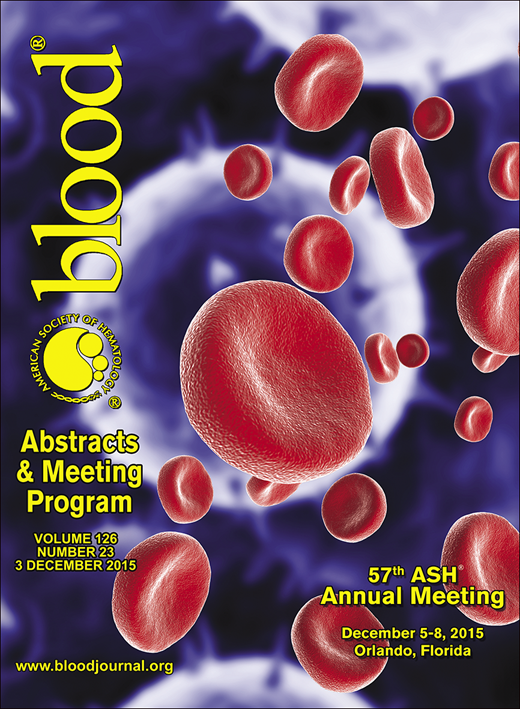Abstract
ATP is the key energy molecule as well as an ubiquitous extracellular messenger. Depending on its dose and the engaged purinergic P2 receptor (P2R) subtype, ATP can trigger many different cell responses, including proliferation and cell death. Recent studies have shown that high ATP level exhibits direct cytotoxicity on many tumor cell types. Among the receptors engaged by ATP, P2X7 is the most consistently expressed by tumor cells and its overexpression is related to tumor growth and progression. The P2X7 is an ATP-gated ion channel that, upon sustained stimulation with millimolar ATP concentrations, drives the opening of a non-selective large conductance pore, triggering cell-death signal. We previously demonstrated that ATP is a potent stimulator of normal hematopoietic stem cell compartment while inhibiting acute myeloid leukemia (AML) cells. Based on this observation, we studied AML samples (n=20) collected from the bone marrow or the peripheral blood of leukemic patients at diagnosis before treatment (percentage of circulating blasts >90%). In addition, normal hematopoietic stem cells (HSC) were isolated from leukapheresis products of 5 healthy donors receiving G-CSF.
Our data demonstrate that AML cells express high level of P2X7 and that its activation with high dose of ATP reduces blast cell viability while is not effective on normal CD34+ cells. The cytotoxic effect is due to the induction of apoptosis, associated with reduction of mithocondrial membrane potential and activation of caspase cascade. Interestingly, P2X7 is also expressed by leukemic stem/progenitor cells (LSC) and ATP treatment exerts a direct cytotoxicity on different subsets of stem/progenitor cell compartment i.e. CD34- CD38-, CD34+ CD38-, CD34+ CD38+ and CD34- CD38+. Of note, this cytotoxic effect was not observed on HSC subpopulations. Furthermore, we transplanted 1x106 human AML cells into NSG immunodeficient mice followed by intraperitoneal administration of ATP every other day for thirty days post-transplantation. Our results show a 40% inhibition of AML engraftment in ATP-treated mice vs controls.
Different P2X7 splice variants have been identified among which only two are functional: P2X7A, which shows both pro-apoptotic and trophic activity and P2X7B, which retains only the growth promoting phenotype. In order to explain ATP different effects on LSCs and normal HSCs, we assumed a different P2X7 isoforms expression on normal and leukemic cells. Preliminary results showed a reduced expression of both P2X7A and P2X7B on normal CD34+ compared to leukemic cells. In particular normal CD34+ express very low level of P2X7A, which is responsible for pore formation after ATP stimulation.
Moreover, since P2X7 pore formation facilitates the passage of hydrophilic chemotherapeutic agents, we hypothesized that ATP may potentiate the cytotoxic effect of antineoplastic drugs. Our results showed that ATP potentiates the cytotoxic effect of ARA-C, by significantly reducing cell proliferation and increasing apoptosis of leukemia cell lines.
In conclusion, overall survival of adult AML remains poor due to the lack of novel and effective therapies. Novel compounds that have the potential to improve the treatment efficacy with low toxicity are highly warranted. Overall, our results may provide the biological rationale to use P2X7 as a target for novel therapeutical approaches against AML.
Cavo:Janssen-Cilag, Celgene, Amgen, BMS: Honoraria.
Author notes
Asterisk with author names denotes non-ASH members.

